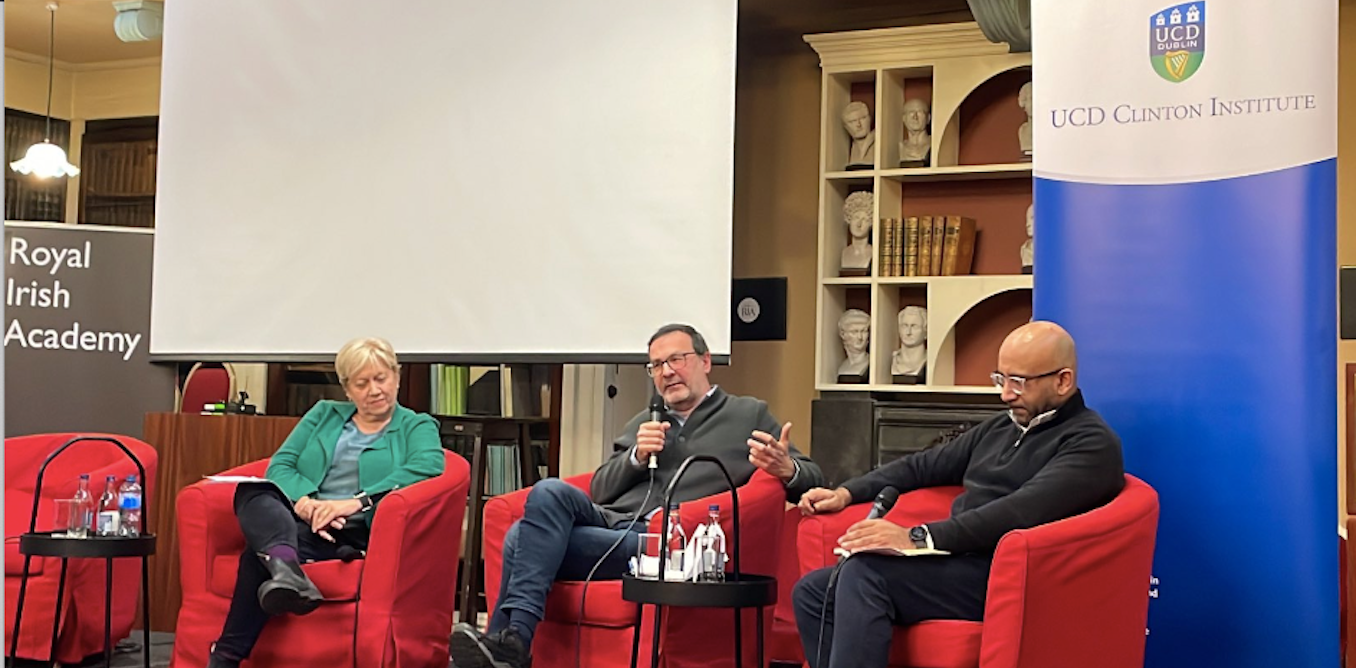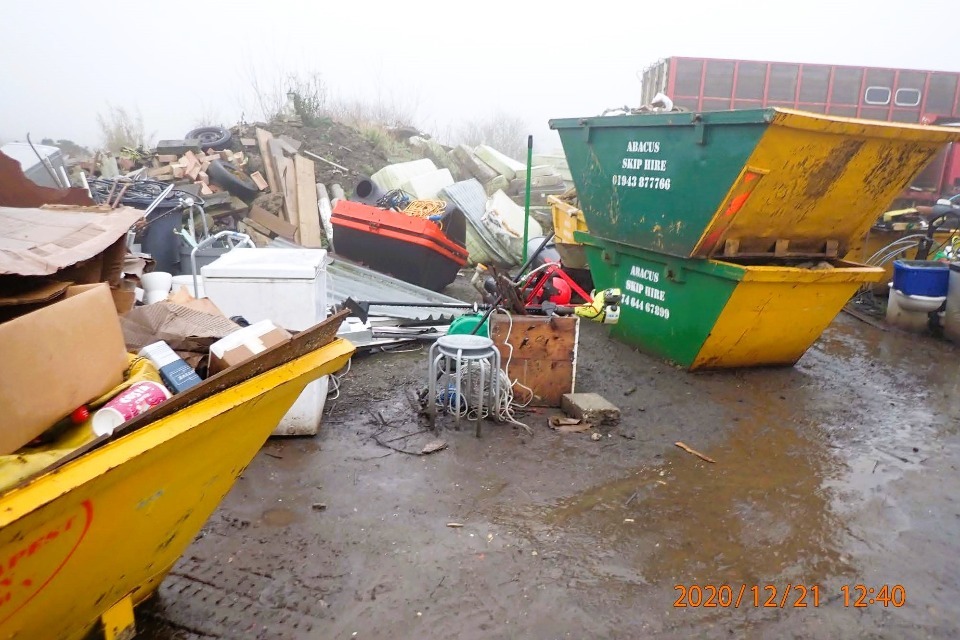The Conversation was fortunate enough to be invited to co-host a conference in Dublin last week which focused on the relationship between academia and journalism. This is, of course, something that we know a little about at The Conversation, having spent more than a decade bringing academics together with professional journalists to create content that’s of value and interest to a broad public readership.
Indeed, the opening session of the conference, held at the splendid Royal Irish Academy and organised by University College Dublin’s Clinton Institute, was titled Academic Journalism, and I was asked to say a few words to kick things off. That headline had come about without any prompting from The Conversation, but the very term “academic journalism” has long sat at the heart of our internal considerations of the work we do. An annual award we present in the UK for excellence in the field even carries the words.
But what is academic journalism? I sought to stress to the audience that, to me anyway, it is, and has to be, more than simply asking authors with a long list of impressive qualifications to communicate in a style one might more associate with newspapers or broadcasters. Style is part of the equation, but so is substance. And fortunately, as we discussed in Dublin, the appetite for and opportunities to create such content has grown significantly over the last decade.
Significant shift
Around 100,000 academics have written for The Conversation. Its articles regularly record more than 40 million views a month on this and other sites, through our open republication model. The sole purpose of this project is the production of high-value content born of the collaborative efforts of academics and our journalists. Other organisations too though, increasingly see the value of this style of content. Examples include RTE’s Brainstorm in Ireland and Videnskab in Denmark.
That’s a significant shift from the days when, as a news editor on national newspapers, I’d often be confronted with a spread on a big breaking issue of the day and think: “Ok, we have the news piece; a Q&A with another journalist; the colour write off from the ground; and, oh, there’s a 400-word space on the edge, let’s get a academic view.”
And we often got the same academic – probably, if it was a political matter, a psephologist to muse on potential electoral ramifications. Upon discovery of the concept of The Conversation, though, it quickly became clear to me that the academic carried the potential to play a central role in the conveyance of developments around topical and newsworthy matters, and to explain the nuances and subtleties to more people.
Different style of journalism
So it has proved. Since launch in Australia, and expansion around the world, The Conversation has built on this core concept of each element of its content being a collaboration between an academic and journalist. What has emerged from that has been a different style of journalism.
Because, despite often sharing many similar aims, the knowledge institutions of academia and journalism have significant differences in approach. Where journalists often seek answers, and quickly, academia can afford to be more deliberative. Indeed, simply describing something as being “a bit academic” can imply the hypothetical. Journalism probably embraced and magnified that stereotype somewhat over the years – hence the 400-word afterthought on the spread of the day, as mentioned above. Meanwhile, from the ivory towers, the fourth estate smacked of simplicity, and often wasn’t trusted.
These are extremes, but as is often the case with stereotypes there were grains of truth. Bring the two together though, and a reaction takes place that can produce content of value. Content that otherwise would not exist. You can see that value in Conversation content from researchers across the academy and around the world. It’s born of an approach that seeks not simply, an academic voice as a supplementary, but a research-based specialist operating in the area of their knowledge and channelling that knowledge to a non-specialist audience. Often this can be as an introduction to a subject. A strong example of this was an article titled Mystery China pneumonia outbreak likely caused by new human coronavirus by Connor Bamford of Queens University Belfast, first published by us in early January 2020. For many readers it would have been the first time they really learned about the pandemic. I’m glad they did so from an expert, such as Connor.
Knowledge meets news
Quickly bringing that knowledge to a moving news event that affected pretty much everyone on earth is a clear indication of value, and we operate in that manner daily, across our editions. Unique value is also channelled by conveying academics’ new research. Likewise, this is a regular approach taken by Conversation authors. Increasingly, we find the stories of how that research was conducted and reflections on the outcomes make compelling content, whatever format they may be conveyed in. Thirdly, simply deploying a broad base of academic knowledge to assess an issue that’s topical or interesting, but not necessarily related to the news agenda can also produce content that is of value to readers and authors. Theatre and book reviews (here illustrated on our Australian edition’s Books and Ideas page) are strong examples of that final approach.
It’s in these three approaches to delivering value to readers then, that I find a definition of “academic journalism”: analysis grounded in research, delivery of new research, knowledge sharing on topical matters – all for a non-specialist readership. The last decade has, thanks to the liberating powers of technology and dissemination on social, facilitated a democratisation and dramatic growth of such content. The next phase in its development though, promises to be even more revolutionary and disruptive. Generative AI is already changing the face of journalism and poses fundamental challenges to academia. Questions regarding veracity of information and its origins that have arisen in the past decade are becoming even more difficult to address. The opportunities to engage with and produce content are growing. The challenge will be to ensure readers can rely on certain places where they can have confidence in finding, high-value, trusted content. We, at The Conversation, seek to meet that challenge.




